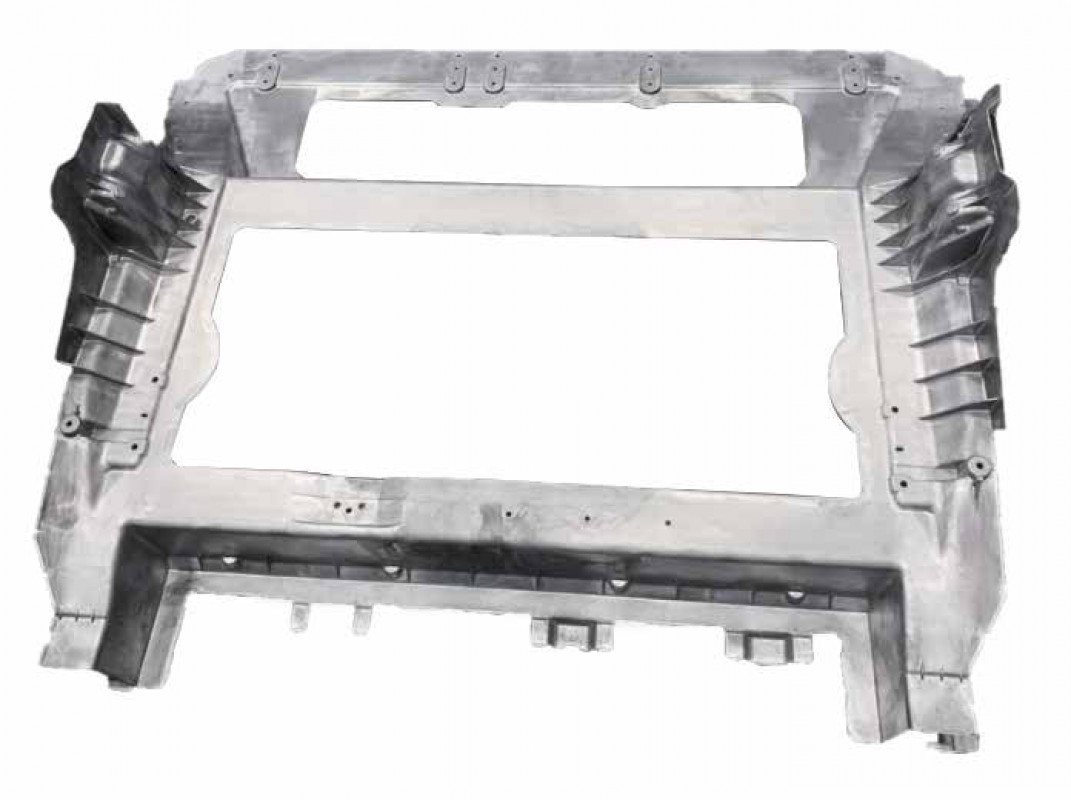

Aluminium die-casting foundries are currently facing major challenges. On the one hand, the demand for ever larger and more complex components is increasing due to the growing switch to electromobility; on the other hand, the energy crisis requires foundries to make significant cost savings in order to remain competitive on the international market. In addition, there are increasingly strict sustainability criteria that must be met along the supply chain.
One way to meet these challenges is to switch from age-hardenable alloys to naturally hard or self-hardening alloys. This seems to make it possible to produce even very large aluminium structural parts with significantly lower energy costs and fewer process steps. However, it should not be overlooked that changing the alloy can sometimes have an enormous impact on the subsequent process steps. By dispensing with energy-intensive solution annealing, residues of operating materials such as the release agent are no longer removed from the cast parts during heat treatment in the case of naturally hard alloys. For this reason, it is even more important with naturally hard alloys than with age-hardenable alloys to ensure sufficient and reliable cleaning and pre-treatment of the structural parts.
As a manufacturer of mould release agents, we tackled this challenge at an early stage. We have developed new mould release agents that meet the increased technical requirements and at the same time are as compatible as possible with the downstream processes. This has shown that the selection of suitable raw materials is crucial for the development of suitable release agents. Waxes, for example, which have often been used in die-casting release agents in the past, are often difficult to remove using aqueous cleaning agents. High pH values and high cleaner temperatures are often required. In contrast, newly developed polysiloxanes, which have been specially optimised to be easy to paint, can be easily washed off with suitable cleaners.
With our new development, the same components can be produced without heat treatment, without aggressive pickling passivation and with minimum quantity spraying. Our mould release agents for structural parts made of naturally hard and self-hardening alloys have already proven themselves in practice many times over, both for conventional structural parts and for new projects on so-called gigacasting machines.
Geiger + Co. lubricant chemistry GmbH
Austraße 45
74076 Heilbronn
www.trennex.de
EUROGUSS 2024: Hall 7, Stand 114

